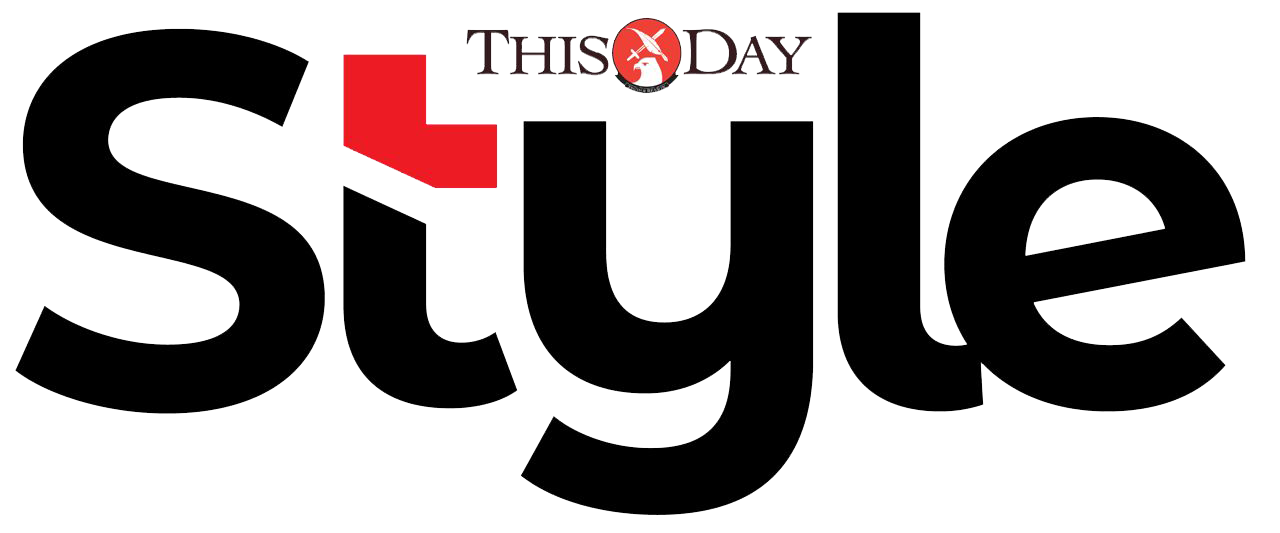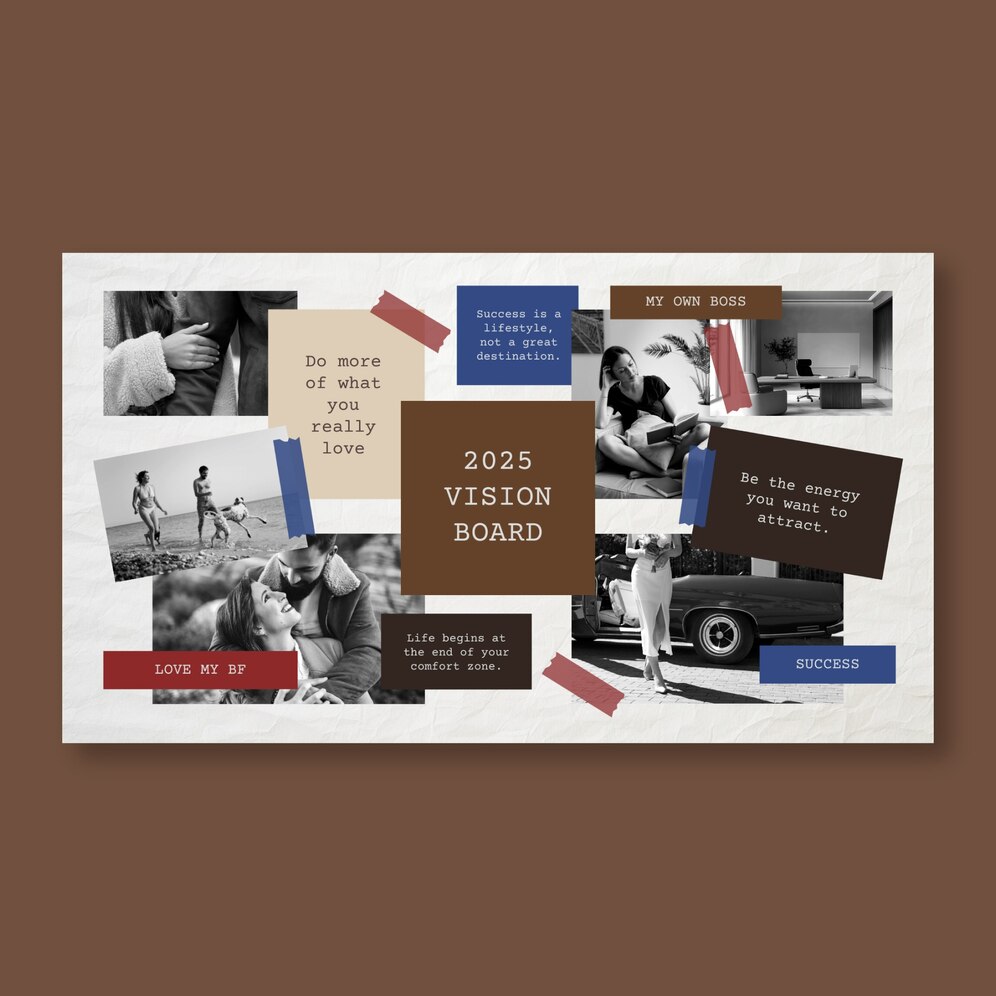It’s that time again: resolutions, goal-setting, and the inevitable buzz about vision boards. Social media will soon be flooded with aesthetic collages of private jets, beach vacations, affirmations in bold fonts, and aspirational quotes like “Manifest it, and it will come.” It’s as predictable as the January rush for gym memberships.
But here’s the question: are vision boards still worth all this hype? Do they actually work, or are they just another glittery distraction in the self-improvement race?
The Promise of Vision Boards
At their core, vision boards are visual representations of goals. They’ve been around for decades, rooted in the idea that seeing is believing. By carefully curating images, quotes, and affirmations that reflect your dreams, the concept is to keep your mind focused on what you want to achieve.
The science behind this is often linked to the psychological phenomenon called “visualization.” Studies have shown that when we vividly imagine achieving something, it activates the same neural pathways as actually experiencing it. This can motivate us to take action. Add in the law of attraction—a belief that positive thoughts bring positive outcomes—and vision boards become a tempting tool for goal-setting.
And let’s admit it: There’s something cathartic about cutting up magazines and creating a roadmap for your dream life. It’s personal and creative and offers a rare moment of reflection in our fast-paced world.


Why Vision Boards Might Feel Overrated
Vision boards are often sold as magical tools that promise instant transformation. But for all their Instagram-worthy appeal, they don’t come with a manual for hard work. Sticking an image of a six-pack on your wall won’t miraculously make you exercise or eat better.
There’s also the danger of getting too caught up in aesthetics. Many people spend hours crafting the perfect vision board but never take actionable steps to make their goals a reality. Vision boards can sometimes serve as a false sense of accomplishment—like you’ve done the work by simply pinning your dreams to a corkboard.
Plus, life doesn’t always follow the neat, linear path you envision. Your goals might change, circumstances can shift, and let’s be real: no one plans for setbacks. A vision board that feels exciting in January might feel like a guilt trip by July when life takes an unexpected turn.
A New Perspective
Instead of ditching vision boards altogether, what if we reframed how we use them? Rather than seeing them as magical tools or rigid roadmaps, consider them flexible guides. They’re not there to control your destiny but to remind you of what matters most.
Start by asking yourself: Why do I want this? The purpose of your vision board isn’t just to list what you want—it’s to connect with the deeper motivations behind those desires.


Want to travel more? Maybe it’s not just about the vacation photos but about experiencing freedom or connecting with different cultures. Want financial independence? It could be about the peace of mind that comes with stability. When you build your vision board around those deeper “whys,” it becomes more meaningful and motivating.
Tips for a Vision Board That Actually Works
If you’re sold on giving vision boards another shot—or maybe trying one for the first time—here are some ways to make them more effective:
Be Specific: Swap vague goals like “be happy” with tangible ones like “spend more time outdoors” or “take a pottery class.” The more specific you are, the easier it is to turn vision into action.
Include Action Words: Don’t just put a picture of a house—write down the steps you need to take, like saving X amount monthly or researching mortgage options.
Keep It Dynamic: Your vision board doesn’t have to be static. As you grow, update it. Replace goals you’ve achieved or those that no longer resonate with your evolving aspirations.
Focus on Feelings: Incorporate images and phrases that evoke how you want to feel in your future rather than just what you want to have.
Pair It with a Plan: Vision boards are great for dreaming, but dreams need deadlines. Pair each goal on your board with a realistic action plan.













